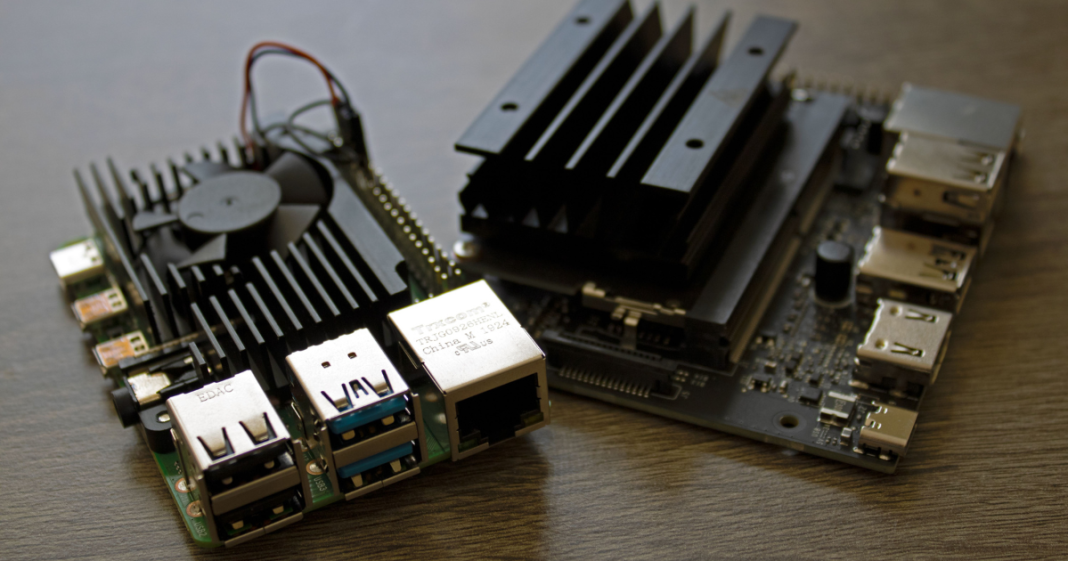In recent years, stock splits have returned, shaking off their previous decline in popularity. This process involves a company issuing additional shares to existing shareholders, which lowers the price per share without altering the company’s overall market value. For example, in a 2-for-1 stock split, you’d end up with twice the number of shares, each priced at half the original value, but the total value of your investment remains unchanged.
Companies that execute stock splits often see positive effects on their stock price. Historically, stocks that split tend to gain an average of 25% in the year following the split, compared to a 12% increase for the S&P 500, according to Bank of America. This can make stock splits an appealing strategy for companies looking to boost their stock’s accessibility and attract more investors.
NVIDIA Corporation (NVDA), known for its powerful graphics processing units (GPUs) for data centers, cloud computing, and artificial intelligence (AI), is a prime example of this trend. The company recently executed its high-profile 10-for-1 stock split in June. Despite a stellar earnings report, NVDA’s stock faced a dip recently, reflecting the high expectations and potential risks associated with being “priced for perfection.” This scenario often leaves little room for error, making even minor setbacks potentially impactful.
With that in mind, let’s explore how NVDA’s stock-split strategy and robust market position might influence its future upside potential.
Chipmaker’s Stellar Earnings Fuel Bullish Analyst Confidence
For the second quarter that ended July 28, 2024, Nvidia’s revenue increased 122% year-over-year to $30.04 billion, and 15% from the first quarter. This robust growth exceeded analysts’ expectations, forecasting around $28.75 billion. NVDA’s Data Center Group (primarily connected to its AI operations) generated $26.30 billion in revenue, resulting in a 16% sequential gain and a triple-digit growth of 154% over the same period last year.
The financial metrics were equally impressive. The company’s gross profit improved by 138.6% year-over-year to $22.57 billion, while its operating income surged 174% from the year-ago value to $18.64 billion. NVDA’s non-GAAP net income amounted to $16.95 billion or $0.68 per share, compared to $6.74 billion or $0.27 per share in the previous year’s quarter, respectively. Additionally, the company’s cash reserves stood at $34.80 billion, up 33.9% from $25.98 billion on January 28, 2024, with free cash flow nearly doubling to $13.48 billion.
Clearly, the chipmaker’s earnings report was robust, earning high praise from Wedbush’s Dan Ives, who described it as a “mic drop moment” for CEO Jensen Huang, and it’s easy to see why. According to Ives, the results underscore that the “AI revolution” is firmly entrenched. While some analysts had forecasted revenue a bit too optimistically, Nvidia still delivered robust results.
The demand for Nvidia’s AI-critical chips is as strong as ever, and any worries about delays with the company’s new Blackwell chips have been put to rest. In fact, Nvidia is forecasting “several billion dollars” in Blackwell revenue for the fiscal fourth quarter, signaling continued strong performance. Ives said, “Nvidia has changed the tech and global landscape as its GPUs have become the new oil and gold.”
However, NVDA’s stock did take a hit recently, leading some to question if expectations for tech stocks have become too inflated due to the AI hype. Thomas Matthews from Capital Economics believes that despite the short-term drop, the AI rally still has room to grow. His confidence is shared by many on Wall Street, who view the dip as a buying opportunity rather than a cause for concern.
Bank of America Global Research, led by Vivek Arya, has raised its price target for Nvidia from $150 to $165, emphasizing that the company’s growth potential remains significant and investors should “ignore quarterly noise.”
Similarly, UBS analyst Timothy Arcuri maintains a buy rating and a $150 price target, reflecting ongoing confidence in Nvidia’s future. Gabelli Funds’ Belton also highlighted how the chipmaker effectively addressed two major concerns: delays with the Blackwell chip and potential overspending by key customers. The company’s guidance for the upcoming quarter and its proactive handling of these issues are seen as clear signs of confidence.
Overall, the analysts’ consensus is clear: NVDA’s stock still has significant upside potential despite short-term fluctuations. Their strong earnings performance and strategic positioning in the AI market make it a compelling investment for those looking to capitalize on the tech giant’s continued growth.


